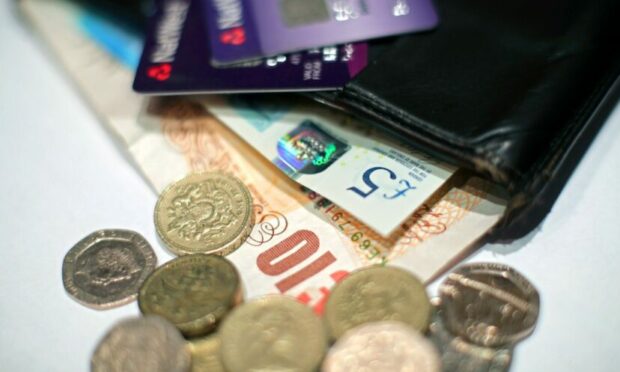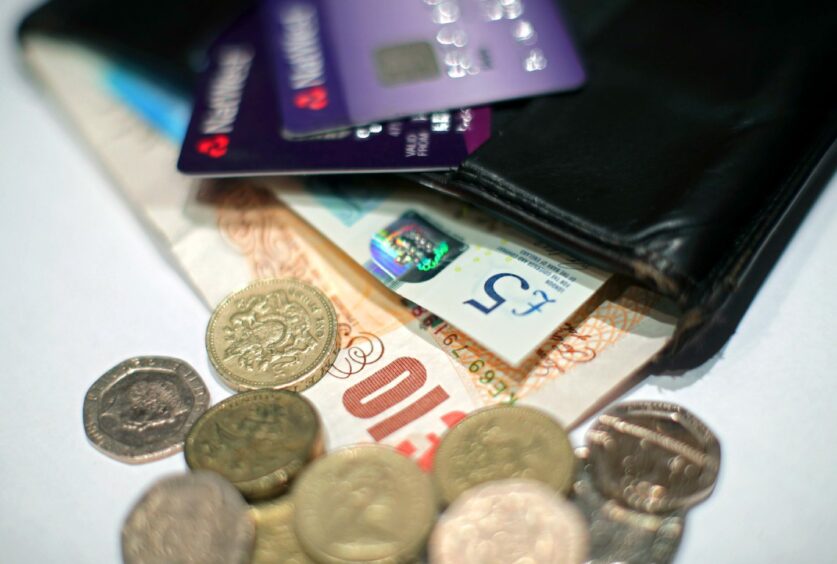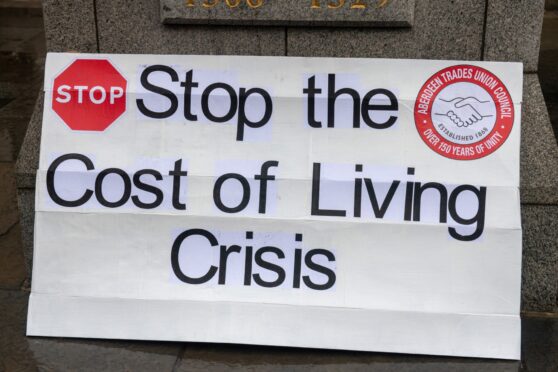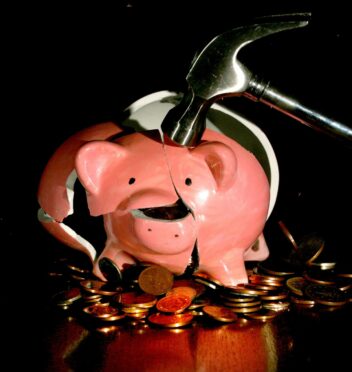The speed with which the cost of living crisis has escalated is “eyewatering” as a fresh 40-year high in the inflation rate in April means the UK now faces the real threat of economic recession.
Data from the Office for National Statistics revealed the Consumer Prices Index (CPI) rose by 9% in the 12 months to April 2022, up from 7% in March.
The latest year-on-year inflation data underlines that UK households are now facing the worst cost-of-living crisis since 1977.
The 2.5% rise in the month is the highest jump since April 1980, mostly driven by the rise in energy prices as the effects of the price cap came into place.
Read more: What is the inflation rate?
The month of April was expected to be the worst month in the cost of living crisis so far, but the rate was still described as “shocking”.
The rise in April was driven by the rising cost of food and fuel – worsened by the impact of the energy price cap rise and the reversal of the VAT reduction for hospitality in the month.
Eye watering
Grant Fitzner, chief economist at the ONS, said: “Inflation rose steeply in April, driven by the sharp climb in electricity and gas prices as the higher price cap came into effect.
“Around three-quarters of the increase in the annual rate this month came from utility bills.
“We have also published new modelled historical estimates today which show that CPI annual inflation was last higher 40 years ago.”
The figures will add to pressure faced by households to cut back on bills and everyday spending.
‘This is why it feels so hard’
Kevin Brown, savings specialist at Scottish Friendly, likened the current conditions to the 1977 “winter of discontent” when the UK was crippled by high energy costs and three day working weeks.
“Today’s inflation data underline that we’re now in the worst cost-of-living crisis since 1977 – the last time that real interest rates were so low,” he said.
“During past recent periods of high inflation, such as the mid noughties, the bank rate was also considerably higher, cushioning the net effect of price rises.
“But this time is different, or at least different for a whole generation.
“The only real comparison is to go as far back as 1977 – the year of the winter of discontent. This is why this feels so very hard.
“In practical terms households are being hit in two painful ways.
“Their ability to keep up with day-to-day spending is diminishing at pace as inflation accelerates.
“And their ability to save in a meaningful way is severely reduced – both in nominal and relative terms.
“This inflation crisis really is the worst we’ve seen in a lifetime. Those aged 18 in 1977 would be 63 today.
Realistically, the vast majority of the UK’s population has never had to go through what we’re experiencing now.
“One can only hope that households are taking practical measures to cut costs, increase rainy day savings and prepare for worse to come.”
British Chambers of commerce head of economics, Suren Thiru, said the “unprecedented” rate highlighted the impact of the UK’s cost of living crisis and could drive the UK into another damaging recession – adding that it could get worse in October.
“The jump in UK inflation in April is eye-watering and underscores the growing cost-of-living crisis facing households and the damaging squeeze on firms’ ability to invest and operate at full capacity,” he said.
“The scale at which inflation is damaging key drivers of UK output, including consumer spending and business investment, is unprecedented and means there is a real chance the UK will be in recession by the third quarter of the year.
“While inflation may moderate a little over the summer, April’s inflationary surge is likely be surpassed in October as the expected energy price cap rise in the month lifts inflation above 10%.”
What should government do?
The Bank of England, which is charged with keeping the rate of inflation at 2%, has faced criticism for calling the cost of living crisis wrong.
The current rise in inflation means a raise in interest rates by the bank again in June is “inevitable” but may not be sufficient to prevent the worst.
Mr Thiru said the government needs to act immediately and revere the rise in national insurance contributions (NICs) and cut VAT on business energy bills to 5%.
He said: “Soaring inflation means that a June interest rate rise is inevitable.
“However, higher interest rates will do little to address the global factors driving this inflationary surge and risks undermining confidence and aggravating the financial squeeze on consumers and businesses.
“Although surging global energy and commodity prices aren’t typically something in the UK government’s direct control, more needs to be done to help consumers and businesses through this difficult period.
“This should include reversing the rise in National Insurance Contributions and cutting VAT on business energy bills to 5%.”




